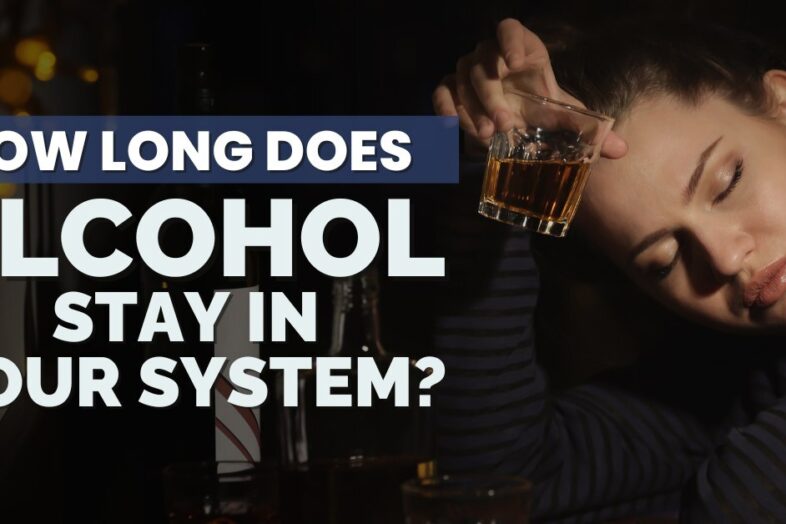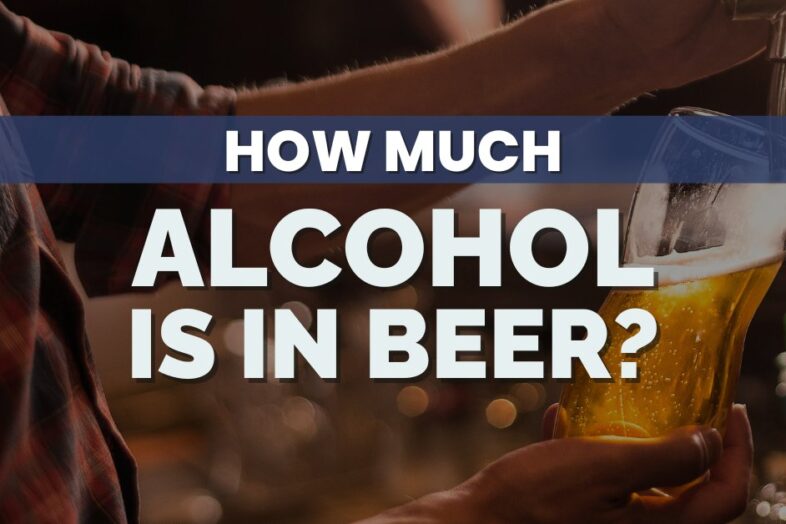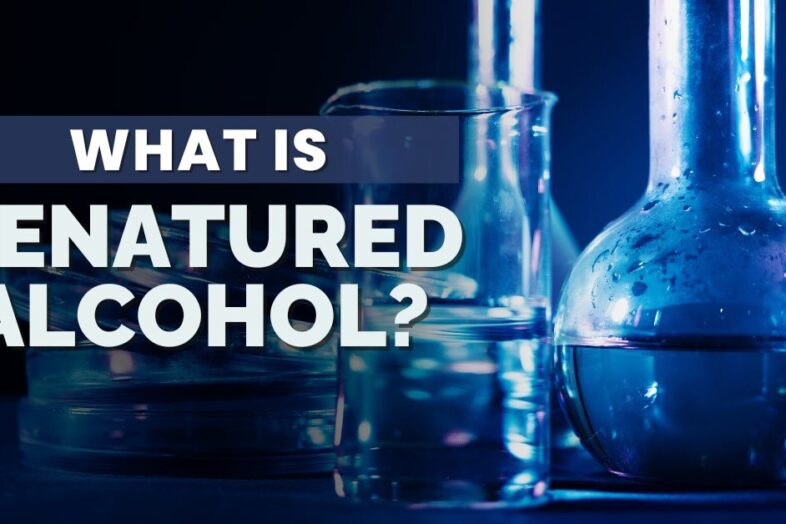Alcohol Addiction Treatment: Stop Drinking
Drinking alcohol is a normal social activity among adults. Most people stop drinking after one or two glasses. Those who binge drink or engage in alcohol abuse develop alcohol use disorder (AUD), a problem with numerous health consequences.
According to stats by the National Institute on Alcohol Abuse and Alcoholism, more than 10% of US children live with a parent or caregiver who struggles with AUD.
As of 2020, there are more than 14,000 treatment centers for drug and alcohol addiction across the US. What do they treat and what programs do they offer?
Alcohol Abuse
Alcohol abuse occurs when a person drinks too much during a given day. Each night, the person might have a blood alcohol concentration (BAC) at or above 0.08%, the cutoff level for operating a motor vehicle. Alcohol abuse has two main stages:
- Binge drinking – Where a person drinks too much in a single setting. At bars and parties, most people consume alcohol in moderation (1-3 drinks max the entire evening). The binge drinker consumes 4-5 drinks in under two hours.
- Constant drinking – Where the person either binge drinks throughout the day or constantly has a bottle in hand. His/her alcohol intake might exceed 10 drinks a day: in the morning, at lunch, after work, in the evening and possibly while at work.
If a person can’t get through anything without a drink, he/she has alcohol use disorder (AUD). Cases this advanced often correlate to mental health problems and anxiety disorders.
Alcohol Use Disorder
Alcohol abuse can spiral into alcohol use disorder when a person grows dependent on alcohol night and day. Moderate drinking won’t do in these cases because the body has already developed a higher tolerance. To get the same buzz as most people, he/she must overdrink. AUD generally has two components:
- Physical alcohol dependence – The person grows physically accustomed to the effects of alcohol: the numbness and nerve-depressing feelings; the overall buzz.
- Emotional dependence – The person gets hooked on the emotional extremes of alcohol, from overjoyed mania to teary sentimentalism. There are usually mental health issues at play.
Moderate drinking can escalate to alcohol misuse if the person lacks self-discipline or doesn’t keep track of his/her alcohol consumption in a given evening.
Withdrawal Symptoms
After a period of alcohol abuse, a person might hit rock bottom and decide to enter detox. Alcohol withdrawal takes 3-7 days. To get through the process, it’s vital to have:
- Addiction medicine – To combat alcohol cravings during the first few days of detox, clinicians offer anti-addiction medication like Ativan, which helps people overcome the physical and mental stress of alcohol cessation.
- Supervision – Alcohol withdrawal requires 24/7 supervision. People who try it on their own usually relapse on the second or third day. Detox should only be done at a treatment center with caring staff.
Detox is the vital first step in the recovery process from alcohol use disorder. It requires the person to conquer his/her withdrawal symptoms and grow re-accustomed to life without alcohol.
Drug Abuse
Alcohol use disorder is even more dangerous when combined with drugs. Substance abuse is defined as a combination of drug and alcohol problems.
- Stimulant drugs – Cocaine, speed, ecstasy and other energy drugs counter the depressing effects of alcohol. This can obscure the buzz factor and causes the user to drink more alcohol.
- Downer drugs – Pot, heroin, fentanyl and other depressants slow the heart and respiratory system. When combined with alcohol, the depressing effects are multiplied. A person could die of an overdose on their first night of partying.
- Prescription drugs – Alcohol is dangerous to take with sleeping pills, heart medicine, antidepressant medication, painkillers and other prescribed drugs.
A person with a mental health condition might look for a buzz to cure the blues. When he/she doesn’t get a fix from drinking alcohol, the next step is often drugs, which can easily lead to substance use disorder.
Support Groups
Across the US, treatment centers offer help to people who struggle with alcohol dependence and substance abuse. One of the most popular parts of addiction treatment is the support groups, where patients gather in a room to discuss:
- Struggles – How does he/she overcome withdrawal symptoms and alcohol use disorder?
- Triumphs – What milestones and strengths have been gained by attendees since overcoming alcohol and substance abuse?
- Insights – What methods does he/she use to conquer alcohol addiction?
- Mental health issues – A chance to open up about insecurities, trauma, depression, fear and other mental health disorders.
Depending on the treatment center and its programs, the group meetings might consist of men, women or both. Group therapy is a healthy way for the alcohol-dependent individual to find solace and encouragement on his/her road to recovery.
Marital and Family Counseling
Alcohol abuse and alcoholism have devastating effects on communities. Anyone close to an individual with excessive drinking habits (relatives, partners, friends) will usually feel alienated and confused about the situation. At treatment centers, alcohol counselors bring both partners together for:
- Family therapy – Mends the gap between the patient and his/her parents, siblings and children.
- Couples talk therapy – Helps heal wounds and open communication between AUD patients and their significant others.
It’s hard to get loved ones to stop drinking alcohol. In a support-group setting, relatives and partners learn how to address recovering loved ones without sounding cold, judgmental or patronizing.
Behavioral Therapies
Alcohol use disorders are often tied to mental health issues. Whereas most people drink alcohol in moderation, a person with alcohol addiction often suffers from trauma. Rehab facilities offer behavioral treatments designed to help patients heal internally. Examples include:
- Cognitive-behavioral therapy – Helps people recognize their thoughts and behaviors regarding those around them so they can change those behaviors. Ex. the person drinks to cope with what he/she perceives as the judgment of others.
- Dual diagnosis therapy – Identifies the underlying mental health conditions in each patient. Is this person’s alcohol abuse rooted in deep-seated trauma (childhood sexual abuse), depression, grief (losing a parent at a young age)? Knowing this helps counselors draft a more effective treatment plan.
- Motivational enhancement therapy – Accomplished through motivational interviewing, where the counselor listens and agrees with the patient while redirecting each negative thought toward positive ideas and change.
When people seek treatment, they want long-term solutions, not a temporary fix. Through behavioral treatment, counselors can make an accurate alcohol use disorder diagnosis in each case and work toward a remedy.
Treatment Program Options
Alcohol treatment options vary from clinic to clinic. Most facilities that treat alcohol abuse and alcoholism follow the 12-step model developed by Alcoholics Anonymous. Treatment programs fall into two basic categories:
- Inpatient treatment – Patients stay for 30-90 days at a rehab facility for alcohol and substance abuse treatment. Includes detox, counseling, group therapy, education and wellness.
- Outpatient treatment – Covers the same ground as inpatient treatment, but the patient stays at home and comes to the center in the daytime for treatment. Allow patients to work part-time.
Throughout the US, it’s usually easy to find a local treatment provider who accepts multiple types of insurance. Treatment methods are flexible, based on the needs of the patient. Most centers offer ongoing treatment (aftercare) and sober housing for people who need help landing in the real world.
Get Help: Contact Alcohol Treatment Centers
Alcohol use disorder arises in people who can’t control their alcohol consumption. Anyone who knows someone with alcohol problems should get help for that individual immediately. Alcoholism can cause heart failure, strokes, liver disease and other fatal conditions.
To get your loved one the help he/she needs, contact a nearby alcoholism treatment facility today. The AUD treatment process has been employed thousands of times with thousands of people. Rehab facilities across America have many stories of treatment success. Don’t let anyone you love succumb to AUD or mental illness. Get help now.






